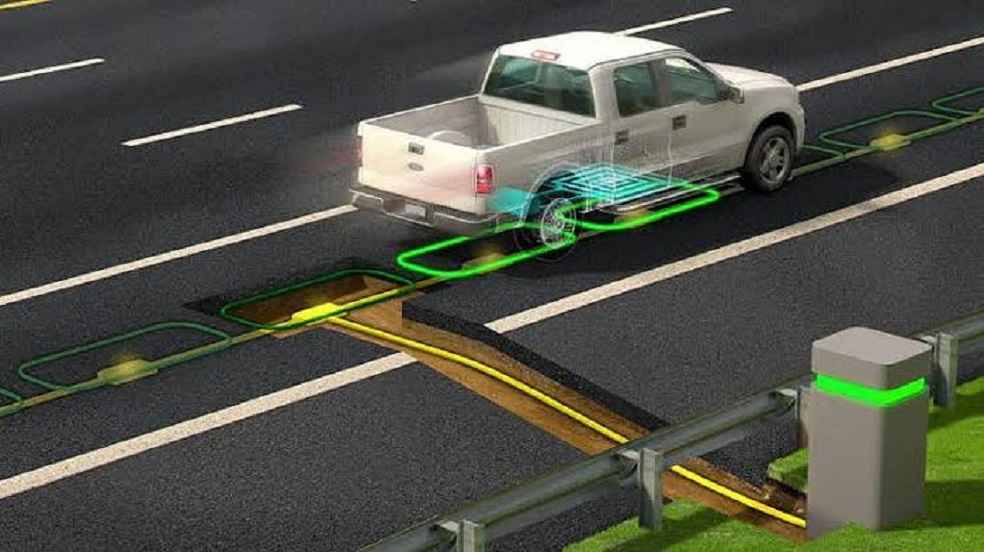Sweden is set to revolutionize the electric vehicle (EV) industry with the construction of the world’s first permanent e-motorway. This innovative development will charge electric vehicles while in transit, eliminating the need for extended charging stops. The game-changing project is targeted for completion by 2025, subject to the determination of the best-suited technology.
Addressing the Challenge of Heavy Goods Vehicles
The team, headed by Jan Pettersson, director of strategic development at Trafikverket (Sweden’s transport authority), is particularly interested in finding the most effective solution for heavy goods vehicles (HGVs). The power needs of these vehicles are immense due to their long journeys and heavy payloads, requiring larger EV batteries which add considerable weight. To circumvent this problem, Sweden plans to charge these vehicles while in motion.

Evaluating Charging Systems
Various charging systems are under consideration, including the catenary system, the conductive system, and the inductive system. The catenary system, involving overhead lines, is ideal for electric trams and trolley-buses. The conductive system, involving contact with an electrified rail, is a viable option for trucks, although it typically requires a designated lane.
The Promise of Inductive Charging
The Swedish team has expressed a preference for an inductive system, where technology embedded in the road transfers charge to the vehicle’s battery through an electromagnetic coil. Previous tests of this technology, such as the 2.5-mile stretch between Visby and the Gotland County airport commissioned in 2020, have been short. However, the upcoming 13-mile E20 project, connecting Hallsberg and Örebro, will present a more substantial challenge.

Impact on Electric Vehicles and Battery Size
The success of the inductive technology could reduce the need for large batteries in EVs. A recent study exploring an electric road system for trucks suggested potential benefits for private cars as well. It concluded that a combination of home charging and dynamic charging could reduce EV battery size by up to 70%.
The Global Electric Road System Expansion

Sweden’s groundbreaking e-motorway could lead to a further 3,000 km expansion of electric roads by 2035. Other nations, including Italy, the UK, the US, and India, are also investing heavily in building electric road systems (ERS). Sweden is exchanging experiences and research findings with Germany and France to further enhance the development of electric roads.
This pioneering initiative is an important stride towards a cleaner, more sustainable transport system, potentially transforming the EV industry worldwide.
EDITOR’S PICKS: Are Rolls Royce Vehicles Hand Made? Myths and Reality Unveiled





